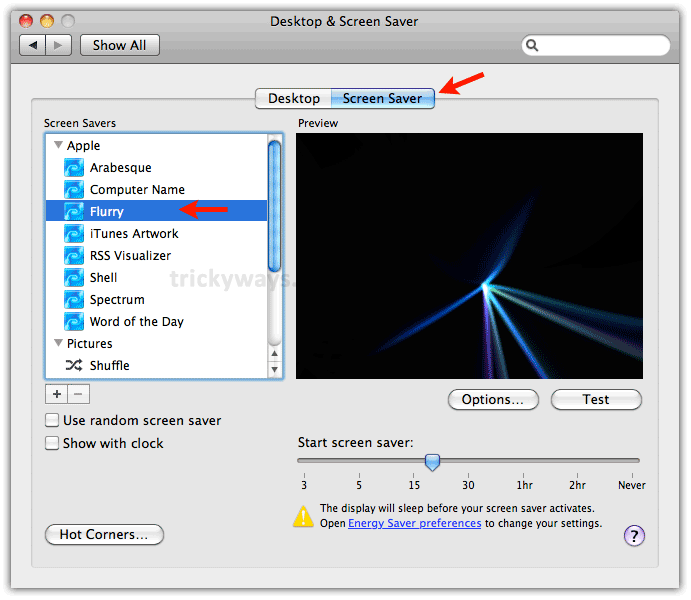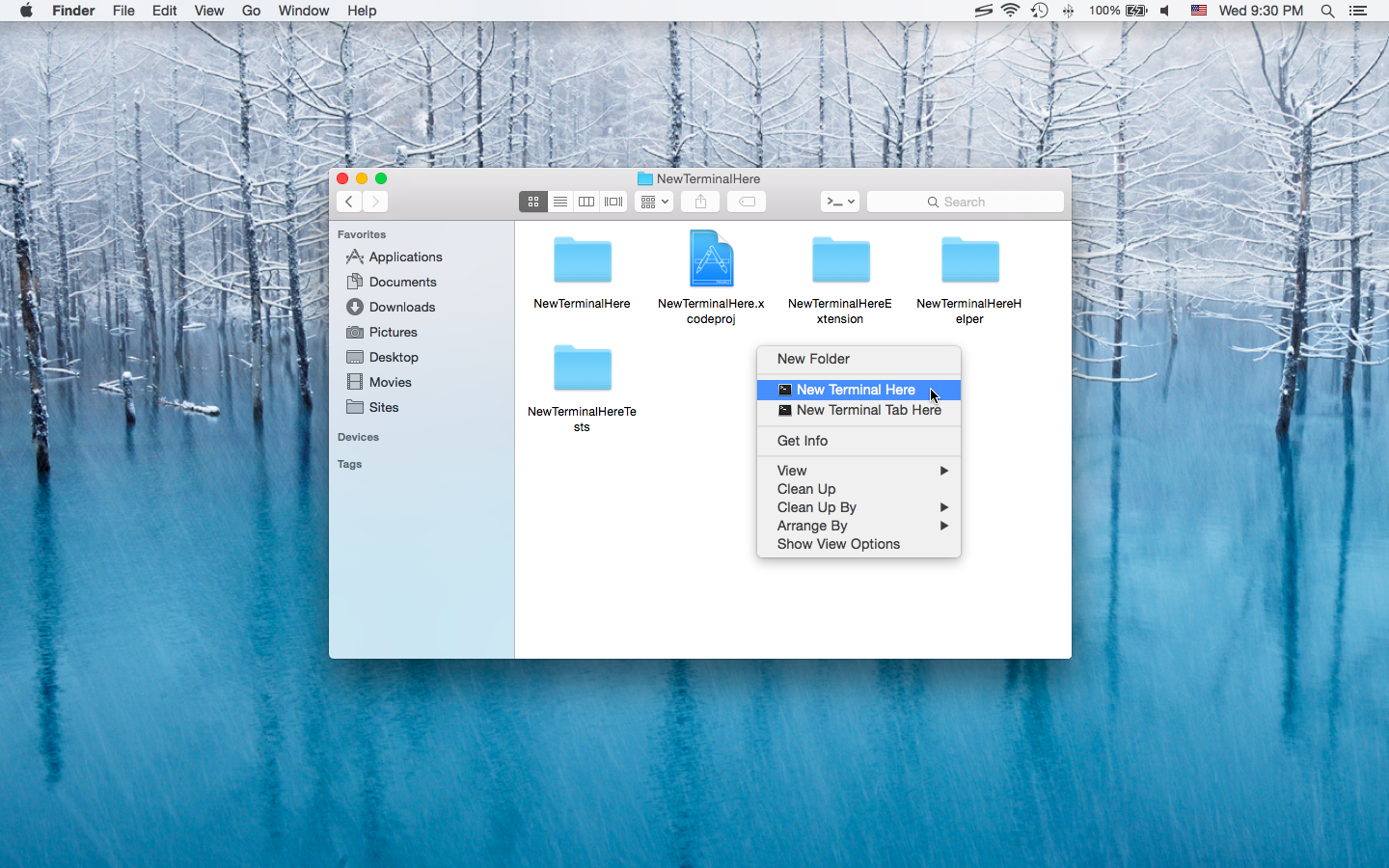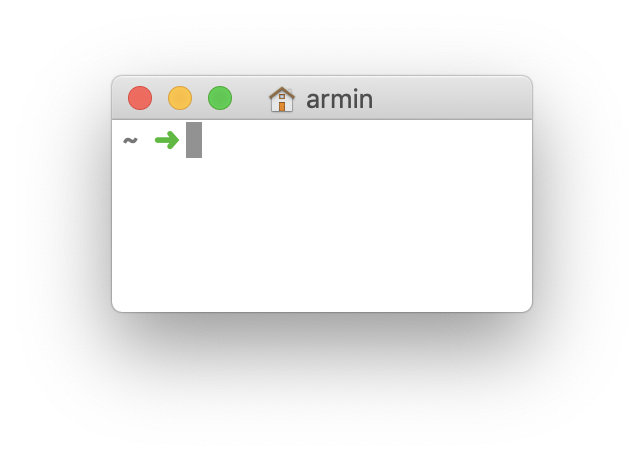

- Macos finder open terminal here how to#
- Macos finder open terminal here download#
- Macos finder open terminal here mac#
What if you can’t find the file?įinder and Spotlight features can help you find almost any file on your Mac. Read more to fix and rebuild the Spotlight Index on Mac. It will also give you web results related to your search. Spotlight search will give you a list of the most relevant results on your system. Type your search term in the window and hit the Return key.Ĭ. Alternatively, press Command + Spacebar to launch the Spotlight tool.ī. Please click on that to open the Spotlight search.
Macos finder open terminal here mac#
On your Mac screen, there is a magnifying glass on the upper right corner. Once you have located the file, you can open it by double-clicking on the file icon. If no folder is open, then Finder will search the entire Mac.į. It can help if you know that the file resides in that particular folder. If you are using Finder inside a folder, then the Finder will search inside that specific folder. With Finder, you can also search for the file in a specific folder or search the entire Mac. You can then go through the results to locate the desired file.Į. After that, Mac will display all the results of that month. You can enter the month and year of file creation and hit Return. If you forgot the name of the file, then Finder allows you to search by Date. If you do not identify the name match suggestions, then finish typing your query and hit Return.ĭ. If you identify the file, then click on that suggestion. The “name matches/suggestions” to your query will appear as you start typing. In the search box, type the search query.Ĭ.

The finder icon is usually the first icon on the Dock.ī. To open Finder, click on the icon located on the extreme left on the Dock. Let us explore the methods one-by-one: 1. To make your search easier, Mac has built-in Finder and Spotlight search features in its OS that help you find specific files, file types, file formats, etc. It is especially true for older files that have been buried in the Mac hard drive for a long period. In some instances, you might not find the files in common places.
Macos finder open terminal here how to#
People also Ask: How to Search Deleted Files in Trash? You can access Trash by clicking on the Trash icon from Mac’s home screen. If you are looking for a file that you had accidentally deleted, you can find it in Trash. Trash: You can find your deleted files in the Trash folder. You can access these folders from the left-hand window of the Finders screen.ĭ. E.g., you can try looking for photos in the Pictures folder, files in the Documents folder, etc. Default folders: If you haven’t placed your files in a particular folder, then your Mac will put that file in the default folder.
Macos finder open terminal here download#
Sudo defaults write also Ask How to Recover Deleted Download Folder on MacĬ. This is a permanent setting, so you only need to do it once for the root user. So before starting all this, type the command below into Terminal. if you're wanting to browse as root, you probably also want to see hidden files.

I suspect that it has something to do with permissions, so I thought that doing the copying as root might help. I can mount the disk and navigate it on the finder or on a terminal but, when it comes to actually copying files (either on a terminal or on the finder), I get an error such as "Cannot read the file" or even "File does not exist". I downloaded a library (FUSE for OSX), which is able to read that file system and a complementary app (ext4fuse), which works as a client interface to FUSE. I've got a brand new iMac running Yosemite and I do need to access an external HD formatted on (Gnu/Linux) ext4 (a journaling file system). I'm back some twenty years after my last Mac.


 0 kommentar(er)
0 kommentar(er)
